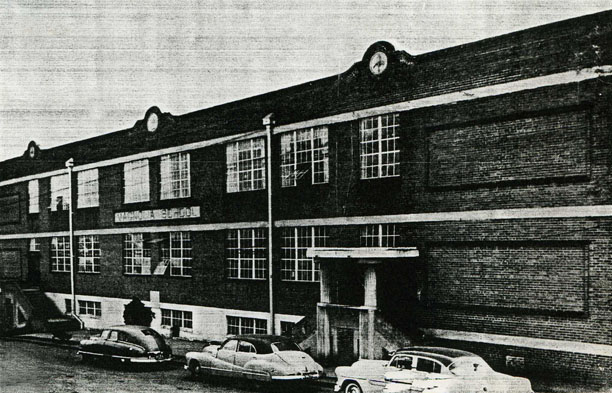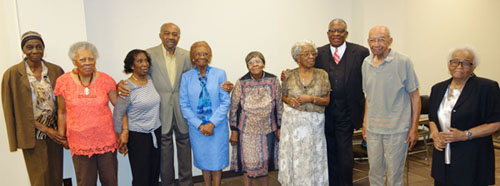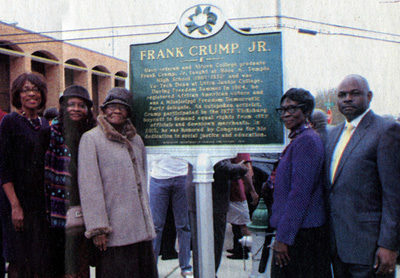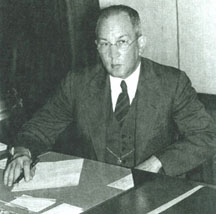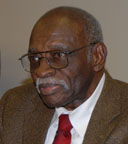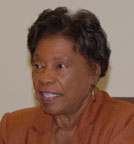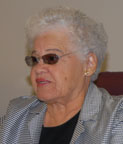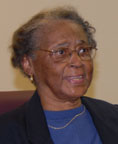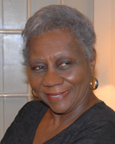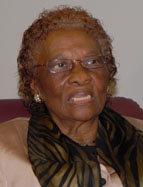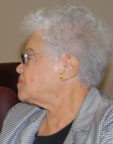

Magnolia Avenue High School
|
|||||||||||||||||||
In 1940, Magnolia Avenue High School was invited to participate in the Association of Colleges and Secondary Schools for Negroes’ Secondary School Study. Selected and funded by the Rockefeller Foundation, sixteen of the most distinguished black high schools in the United States participated in an experimental program to reexamine administrative, curricular, and instructional practices. The University of South Carolina’s Museum of Education is pleased to feature Magnolia Avenue High School (renamed during the project as Bowman High School in honor of its principal) and its participation in the study. |
|||||||||||||||||||
|
|||||||||||||||||||
Web Exhibition “Rooms” Introduction to the Secondary School Study Magnolia Avenue High School Building and the Administrative Structure of Schooling Magnolia Avenue Teachers and their Work with the Secondary School Study Cooperative Planning and Student Growth Building Community and the School Assembly Social Activism and Social Justice Curator’s Statement |
|||||||||||||||||||
|
Letter of Invitation to Participate in the Study January 23, 1940 |
||||||||||||||||||
| While the Association sought to achieve accreditation for its member schools and to make strides for equitable support—separate AND equal—for black education, some educators believed teachers were not involved in progressive education’s “stream of educational ideas” and, thus, were placing too much emphasis on traditional instructional practices. For this reason, the Rockefeller Foundation invited distinguished schools to help define promising practices and to serve as a laboratory for determining goals for black youth. | |||||||||||||||||||
With oral history interviews conducted in November 2008 with |
|||||||||||||||||||
Frank Crump, Jr. |
|
||||||||||||||||||
Jeanette Jordan |
|
||||||||||||||||||
Alyce Shields
|
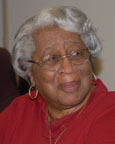 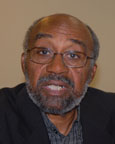 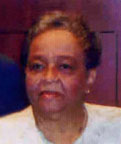 |
||||||||||||||||||
Louise Murray Stewart |
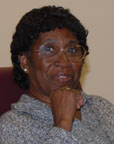 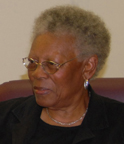 |
||||||||||||||||||
With special thanks to |
|||||||||||||||||||
“The school was so special because it was for us, and the principal and the black community had control. Real decisions could be made that were best for the community, and the school was run with great skill that fostered pride and respect and instilled order. The teachers had admiration for the school, AND they were admired, too. The black community wanted the best for itself and knew that they were responsible for creating a school setting that would serve the needs of the community." |
The Museum of Education’s Web Exhibitions center primarily on the academic life of individual schools during the 1940s and early 1950s, the focus of the Secondary School Study. Our vignettes serve not to lessen the accomplishments and accolades from prior or subsequent decades nor do they diminish the significance of the social and athletic dimensions of school life. Instead, the Museum presents web exhibitions of the Secondary School Study schools as a way to feature the experimental efforts of progressive educators during the 1940s. Since these vignettes were not prepared to serve as school histories, we encourage alumni and historians to prepare their own comprehensive school accounts, histories, and memoirs of these important educational institutions. The Museum of Education’s Web Exhibitions have been prepared for a general audience and have not used professional terminology from the field of education. Our accounts are intentionally free of detailed bibliographic citations. The curator is currently writing a scholarly account of this project that follows accepted bibliographic practices. |
||||||||||||||||||
Further, these exhibitions are conceived within a tradition of progressive education where a fruitful experience raises as many questions as it answers. Thus, the information on the various sites has been crafted intentionally to be suggestive—to allow important questions "to float" through the exhibitions rather than to be answered with questionable certainty. These sites are works-in-progress and represent an "educational research charrette" as additional historical material is discovered and fresh memories, recollections, and insights come forth by participants and other researchers.
|
|||||||||||||||||||
 |
|||||||||||||||||||

an institutional member of the International Coalition of Sites of Conscience
Museumofed@gmail.com

